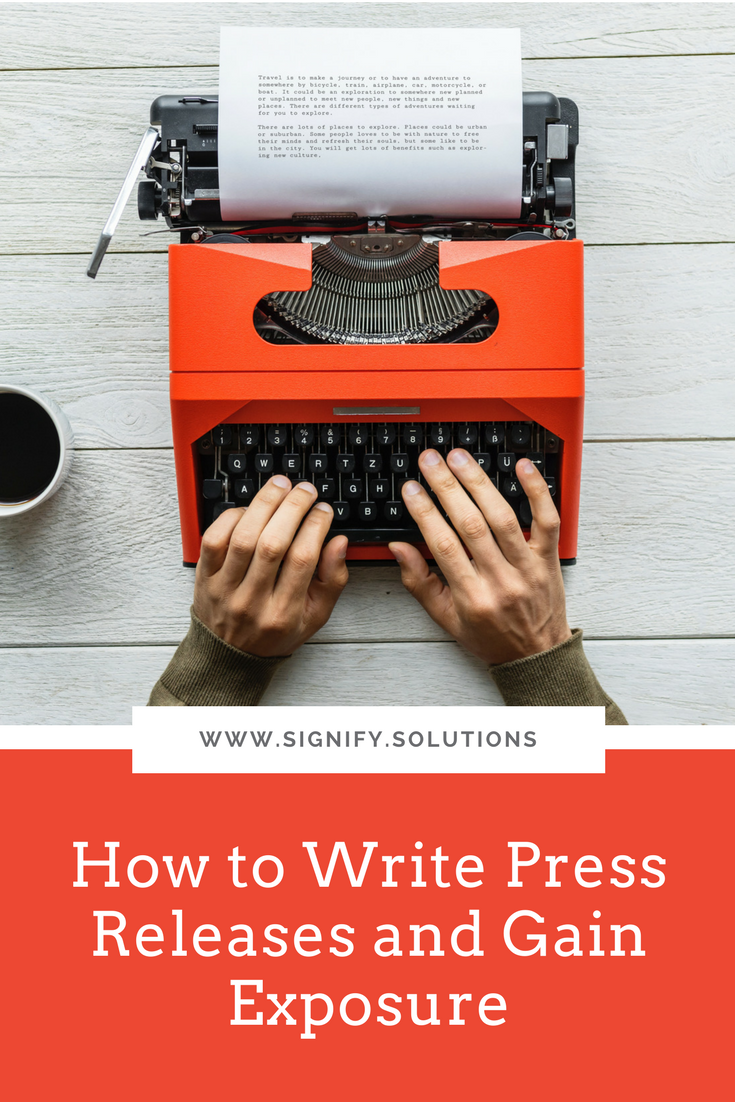As a copywriter, I love talking words. But, in order to serve you well, I can’t ignore the visual side of your marketing and communications. So, when it comes to design and branding for social impact organizations, I can dish out some pretty good advice, but my secret weapon is the company I keep.
I’m friends with some pretty terrific graphic designers, and Jaci Lund of Treebird Branding is one of my favs. Take a look at her site, and you’ll see what I mean.
Branding and design for your nonprofit, social enterprise, and social impact company can probably feel a little overwhelming at times because you know it’s important, but your mission comes first. So, not a lot of time and dollars usually get allocated to your visual identity. Or, you’re so busy juggling more important things that you have no idea what the latest design trends are that you should be keeping up with.
If you feel like you’re out of the loop on this topic, Jaci is going to clear some things up for you. And, better yet, she’ll tell you where should focus your efforts. Sound good?
Q. What are the latest trends in design and branding for social impact organizations?
A. I’d like to start with something a bit counterintuitive: Ignore trends! A trend, by definition, is fleeting. Mission-driven organizations like nonprofits and social enterprises that chase trends end up looking dated and out of touch within a year or two. Trends also are defined by the external zeitgeist, and your true north needs to be your own mission and vision.
So instead of chasing the latest trend, I’d say to focus on you and your target audience. You know what you stand for, you know what your audience responds to. Focus on that and ignore the noise.
Q. What is the biggest mistake you see people making in regard to design and branding?
A. I would say confusing a logo with a brand is something we encounter a lot. A logo or wordmark or tagline is essential to your brand, but it’s only a very small part of your brand.
The colors you choose also elicit very specific reactions. Your photographic style tells your story in the way you want it to be perceived. Your fonts, your website’s information architecture, all of these align with your brand.
When you only give power to your logo to carry your brand, you’re missing out on a truly holistic experience. And your donors, customers, and prospects will notice.
Q. What is your best piece of advice to those wanting to improve their social impact organization’s visual identity?
A. I’m going to roll with the counterintuitive again. You should be bored with your brand. That’s to say, your brand needs to be so consistent that it becomes ho-hum in your life.
Do you think the Nike designers love putting the swoosh on every sneaker, day after day, year after year? Probably not. But they get to design the sneaker around the swoosh. Those are the parameters.
You have to put your brand within a box, and then true creativity emerges within that box. But if Nike did a swoosh one year, a chevron the next, and then a representation of the Greek goddess of victory, how would you even know they were Nike? This also relates to the chasing trends fallacy. Be true to yourself, and your best-fit audiences will find you and stick with you.
Also, you are not your audience. You have to stare at your brand every day. But your audience has fleeting experiences with your brand. You need to always remind them of who you are and what you stand for. And that means consistency, consistency, consistency.
Q. What is one thing readers can do this week to improve their nonprofit or social enterprise’s design and branding?
A. We can all do a brand self-audit. I liken this to the Konmari method: If any of your collateral doesn’t spark brand, get rid of it.
There are a few great quotes from writers about this. Hemingway talked about having a “built-in, shock-proof shit detector” when it came to editing. Faulkner famously said “you have to kill your darlings.” All of that means you need to take an objective, dispassionate look at what you’re presenting to the world and make hard choices to edit what’s not on-brand.
Get rid of the precious and keep the essential.
Q. Anything else we should keep in mind?
A. Do less and remain consistent rather than do more and risk inconsistency. Branding is about focus and sacrifice more than about expansion and add-ons. A tight brand is a memorable brand. An expanded brand almost always gets diluted and confused in the minds of prospects.
Q. Do you have any resources that would be helpful so people can learn more?
A. It’s a bit of a dinosaur at this point, but The 22 Immutable Laws of Branding by Al and Laura Ries is a standard for a reason. Also Made to Stick by Dan and Chip Heath has very sage and actionable advice.
Thanks, Jaci! Excellent info!
Jaci’s quick wit, intent listening, and native intelligence come across as soon as you meet her—and carry over to her branding and graphic identity solutions at Treebird Branding, where she fuses strategy and sophistication, daring and restraint in just the right doses. With a dual focus on creating original branding for new concepts and revitalizing the look and feel of even the most-established brands, Jaci approaches each project with a fresh, thoughtful, and insightful perspective.
PIN THIS POST FOR LATER:
I’m Kristi Porter, and I help cause-focused organizations understand and execute effective marketing campaigns so they can move from stressed to strategic. Your resources may be limited, but your potential isn’t. Whether you’re a nonprofit, social enterprise, or small business who wants to give back, I’ll show you how to have a bigger impact.




















































